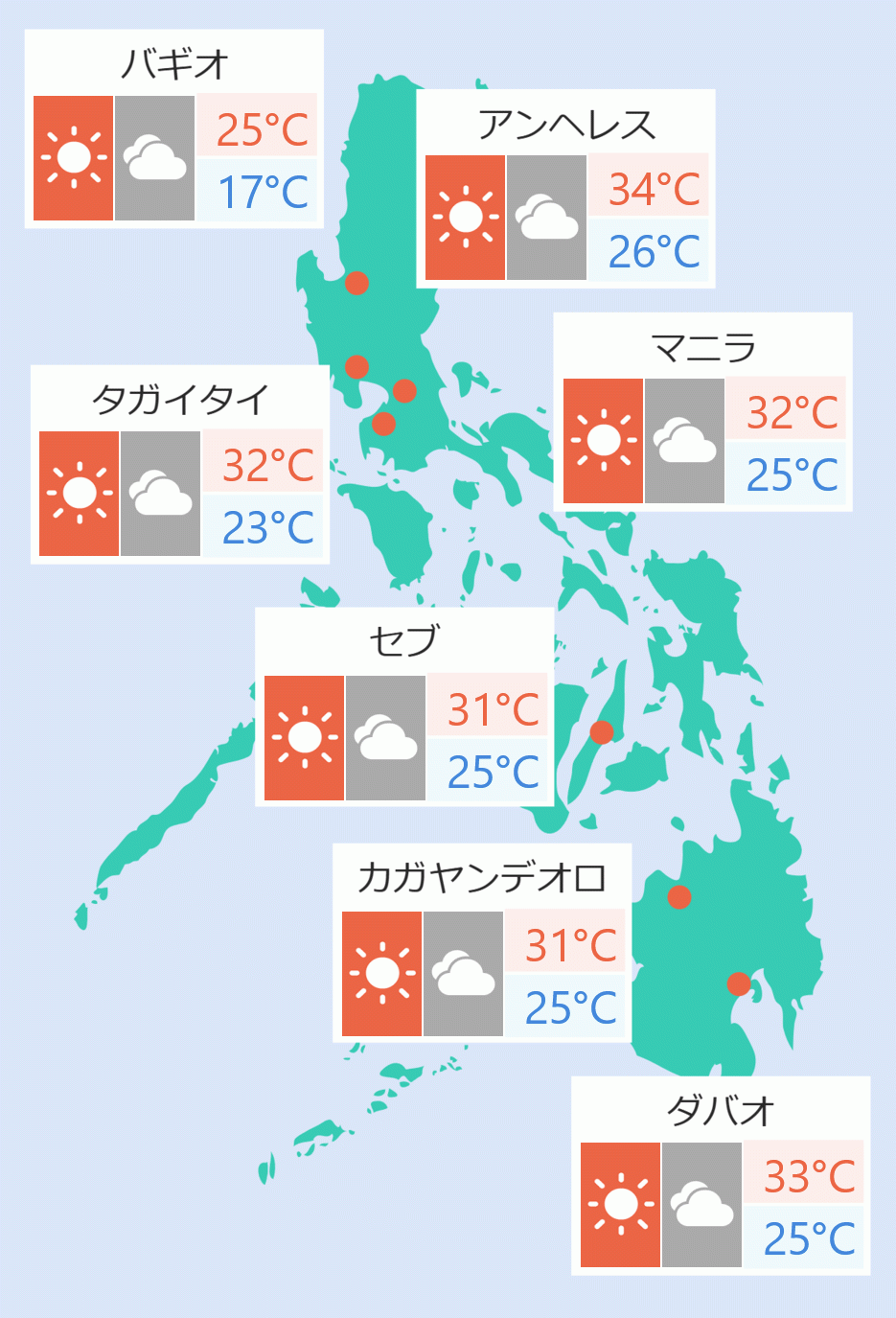The administration of President Ferdinand Marcos Jr. is going all out in implementing several measures to make sure that inflation is mitigated by making sure that there is enough local production of basic goods, Finance Secretary Benjamin Diokno said on Tuesday.
Diokno earlier attended the sectoral meeting led by Marcos at the Palace discussing the economic prospects for 2024.
“We want to improve the production and fill the domestic supply gap through timely and adequate importation based on ex-ante supply and demand analysis,” Diokno said during the press briefing in Malacanang.
“So we are applying science to anticipate the gap between magkano ba iyong kailangan ng ekonomiya at magkano ang kailangan nating angkatin. And so we have to do that in a timely manners, so hindi maaapektuhan iyong presyo masyado,” he said.
Another measure being carried out by the government are monitoring and assessment of market developments including the use of remote sensing technology such as the use of satellite for corn and rice production.
Through the use of technology, the government will fast track the response to address the impact of adverse weather conditions and the implementation of the El Nino mitigation and adaptation plan.
“And then, of course protect the vulnerable sector including the agriculture and transport sectors. Ang importante rito is targeted intervention, targeted subsidy for those who will be affected by the inflation. So these are usually the farmers, the fisherfolks and the transport sector,” he stressed
Another measure is supporting the extension of the reduced most-favored nation (MFN) tariff rates for rice, corn, and pork under Executive Order No. 10.
The country’s headline inflation eased to 4.9 percent in October from 6.1 percent in September. The 4.9 percent rate is lower than the Bangko Sentral ng Pilipinas (BSP) forecast of 5.1 to 5.9 percent or midpoint, 5.5 percent, Diokno said, hoping for the inflation rate to continue to slowdown in December.
“The forecast of BSP is that inflation will be within the range two to four percent by the first quarter of next year. And then, it will be around four percent by the second quarter because of the base … what’s called, base effect,” the finance chief said.
“So baka tumaas ulit but it will end up midpoint between two to four percent by 2024 and 2025. So that means, conclusion, inflation is going to be managed well. It will be within the target range of two to four percent for the next two years,” he explained. Presidential News Desk





 English
English










